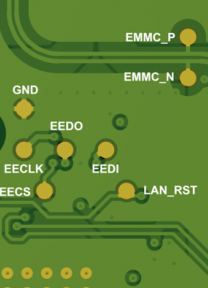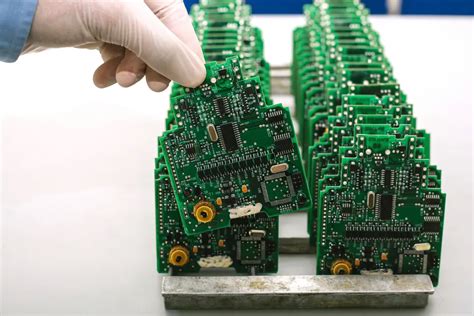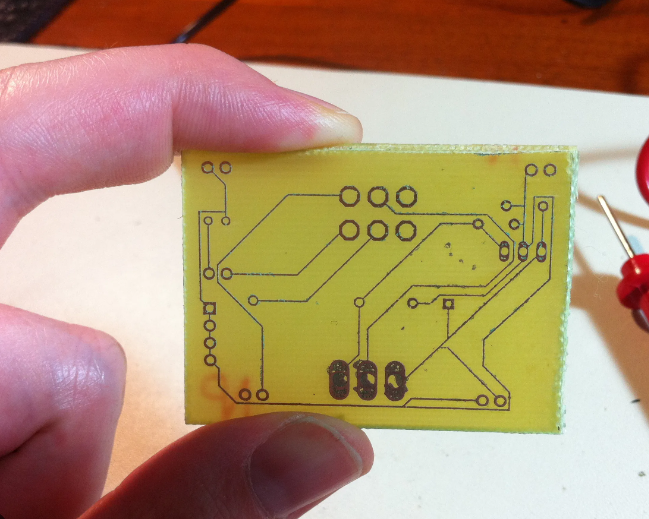How to Suppress Interference Sources in PCB Design
Introduction
Printed Circuit Boards (PCBs) are the backbone of modern electronic devices, but they are often susceptible to electromagnetic interference (EMI), crosstalk, and noise. These interference sources can degrade signal integrity, reduce system reliability, and even cause complete circuit failure. To ensure optimal performance, PCB designers must implement effective strategies to suppress interference sources. This article explores various techniques to minimize EMI, crosstalk, and noise in PCB layouts.
1. Understanding Interference Sources in PCBs
Interference in PCBs can originate from multiple sources, including:
- Conducted Emissions: Noise transmitted through power and signal traces.
- Radiated Emissions: Electromagnetic waves propagating through the air.
- Crosstalk: Unwanted coupling between adjacent traces.
- Ground Loops: Current flowing through unintended paths due to improper grounding.
- Switching Noise: High-frequency noise generated by fast-switching digital circuits.
To mitigate these issues, designers must employ proper layout techniques, shielding, filtering, and grounding strategies.

2. Proper PCB Layout Techniques
2.1 Component Placement
- Segregate Analog and Digital Sections: Keep high-speed digital circuits away from sensitive analog components to prevent noise coupling.
- Minimize Trace Lengths: Shorter traces reduce parasitic inductance and capacitance, lowering EMI.
- Place Decoupling Capacitors Near ICs: This helps suppress high-frequency noise by providing a local charge reservoir.
2.2 Trace Routing
- Use Controlled Impedance Traces: Ensures signal integrity, especially in high-speed designs.
- Avoid Sharp Angles: 90-degree bends can cause impedance discontinuities; use 45-degree angles instead.
- Maintain Proper Trace Spacing: Prevents crosstalk between adjacent signals.
2.3 Power Plane Design
- Use Solid Power and Ground Planes: Reduces loop inductance and provides a low-impedance return path.
- Implement Split Power Planes for Mixed-Signal Designs: Prevents digital noise from coupling into analog circuits.
3. Grounding Strategies
3.1 Star Grounding
- Connects all ground points to a single reference point, minimizing ground loops.
3.2 Ground Plane Segmentation
- Separates analog and digital grounds but connects them at a single point to avoid ground loops.
3.3 Use of Vias for Grounding
- Multiple vias connect component grounds to the ground plane, reducing impedance.

4. Shielding and Filtering
4.1 EMI Shielding
- Metal Enclosures: Block radiated EMI.
- Conductive Coatings: Applied to PCB surfaces to reduce emissions.
4.2 Filtering Techniques
- Ferrite Beads: Suppress high-frequency noise on power and signal lines.
- LC Filters: Used to attenuate unwanted frequencies.
5. Managing High-Speed Signals
5.1 Differential Signaling
- Reduces EMI by canceling out common-mode noise.
5.2 Proper Termination
- Prevents signal reflections in high-speed traces.
5.3 Use of Guard Traces
- Isolates sensitive signals from noisy traces.
6. Testing and Validation
- Spectrum Analyzers: Detect radiated and conducted emissions.
- Time-Domain Reflectometry (TDR): Identifies impedance mismatches.
- Simulation Tools: Predict EMI behavior before fabrication.
Conclusion
Suppressing interference sources in PCB design requires a combination of proper layout techniques, grounding strategies, shielding, and filtering. By implementing these best practices, designers can enhance signal integrity, reduce EMI, and improve overall system reliability. Continuous testing and validation ensure that the PCB meets electromagnetic compatibility (EMC) standards, making it robust against real-world interference challenges.







